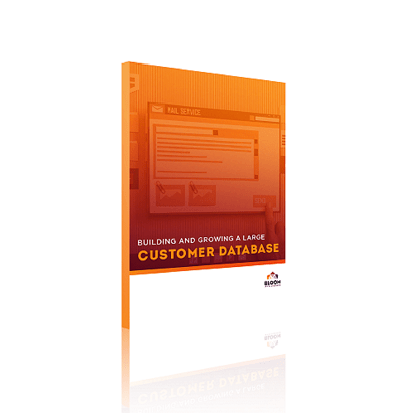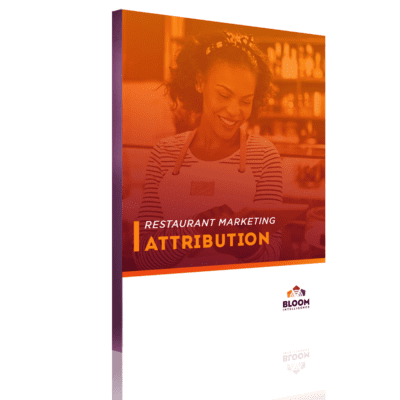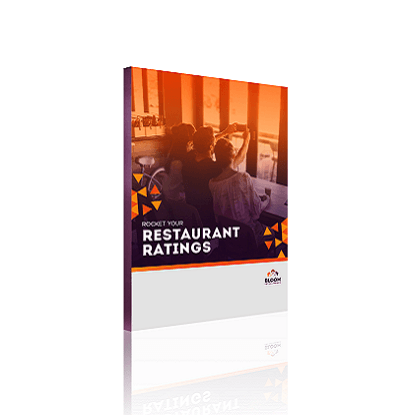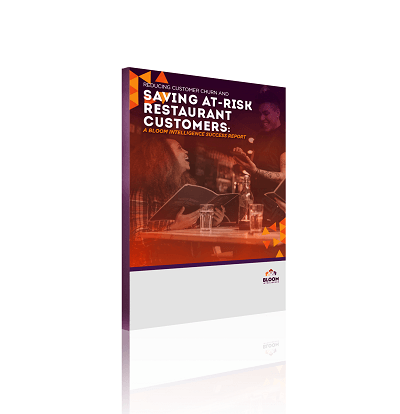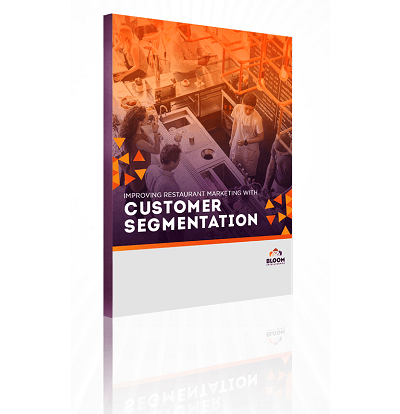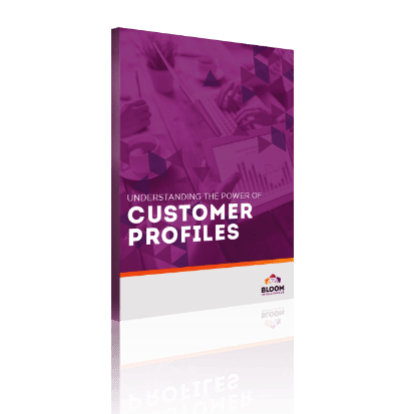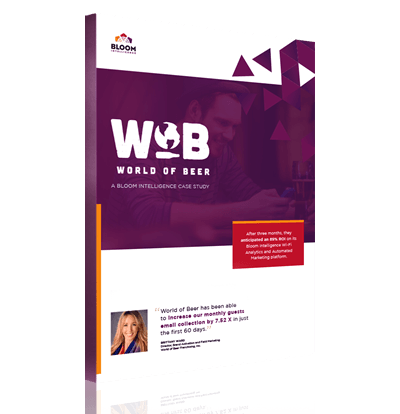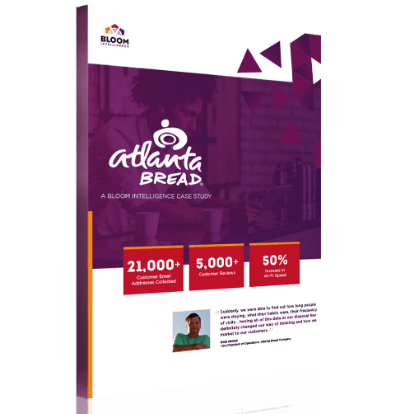| Average Daily First-time Visitors |
The average number of visitors attending a location for the first time on a typical day. |
| Average Daily Traffic |
The average number of visitors attending a location each day. |
| Benchmark |
A measurement that serves as a point of reference against which future performance can be evaluated. Benchmarks allow comparison of metrics between time periods or locations. |
| Best Practices |
Business practices or procedures considered most effective in a given situation. |
| Customer Churn Rate |
A measure of customer attrition expressed as the percentage of customers who stop visiting the location within a given time frame. |
| Customer Intelligence (CI) |
Customer intelligence refers to the process of gathering and analyzing information regarding customers, and their details and activities, to build deeper and more effective customer relationships and improve decision-making by vendors. |
| Customer Lifetime |
The expected period of time (usually measured in years or months) over which an average customer will patronize a business. |
| Customer Lifetime Value |
The expected total value of all purchases made by a customer at a specific store, during his or her lifetime. |
| Demographics |
Characteristics of customers such as age and gender that can be used to define customer segments. |
| Dwell Time |
The amount of time that a visitor spends in a location. |
| Key Performance Indicator |
A measurement used to evaluate the performance of an organization or an activity. |
| Marketing Analytics |
Analytics related to marketing campaigns. Marketing analytics are used to measure the effectiveness of campaigns and quantify campaign return on investment (ROI). |
| Marketing Automation |
The use of software tools to manage marketing processes. Marketing automation can help streamline repetitive tasks, allowing users to handle much more than they would otherwise be capable of managing. |
| Predictive Analytics |
The practice of analyzing past data to identify patterns and make predictions about future events, trends, and outcomes. |
| Psychographics |
Characteristics of customers such as attitudes and aspirations that can be used to define customer segments. |
| Retail Analytics |
Analytics that provide consumer behavior insights, determine the performance of products, and influence retail decision-making. |
| RevPASH (Revenue per Available Seat Hour) |
RevPASH is a management metric that allows a better understanding of a restaurant’s revenue-generating effectiveness. It is calculated by dividing Total Restaurant Revenue by Total Seat-Hours (i.e. Available Seats x Opening Hours). RevPASH can be expressed as an hourly, daily, weekly or monthly value. RevPASH can be used for labor scheduling, food purchasing, marketing tools and budgeting during the lowest occupancy. |
| Segmentation |
The division of customers into groups based on demographics, psychographics, or other characteristics. Segmentation allows marketing efforts to be much more targeted to the specific groups of customers that retailers find most attractive. |
